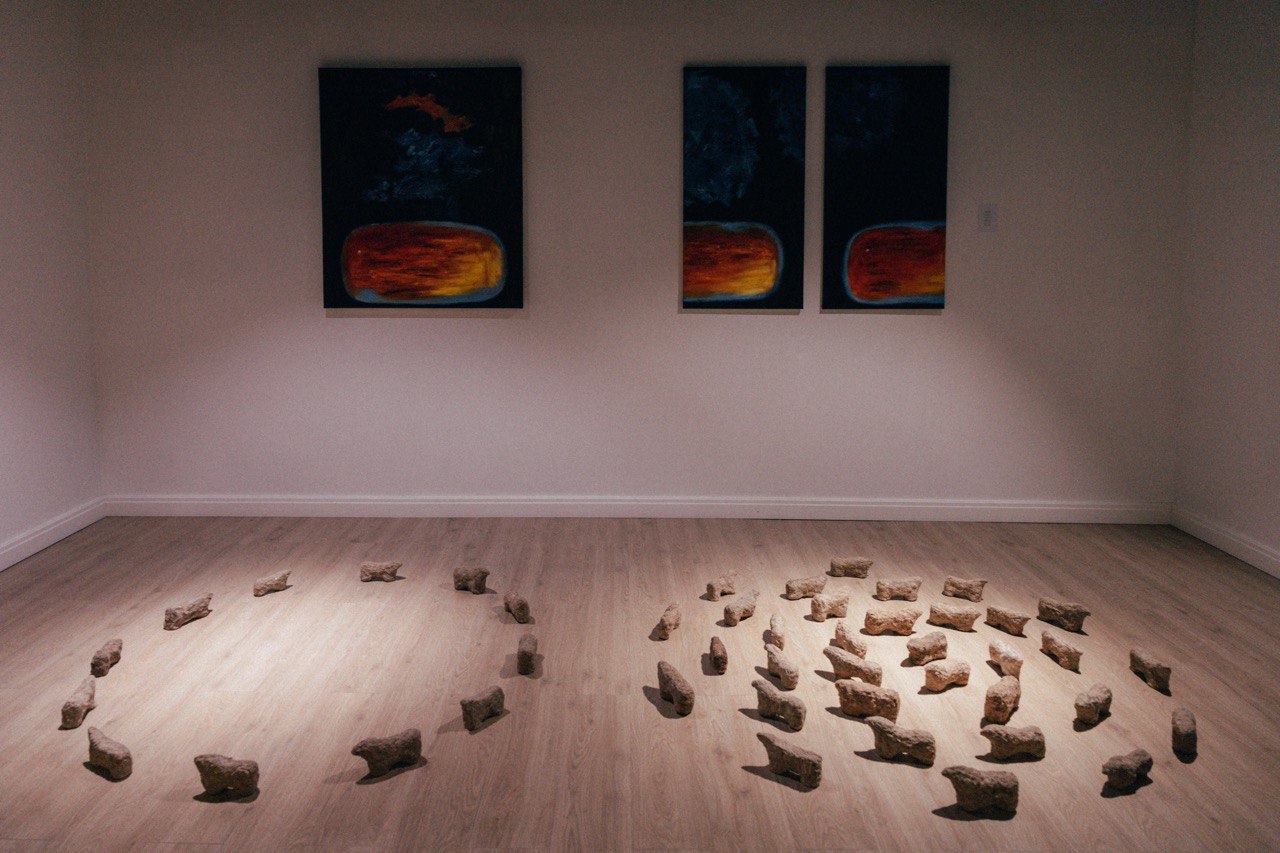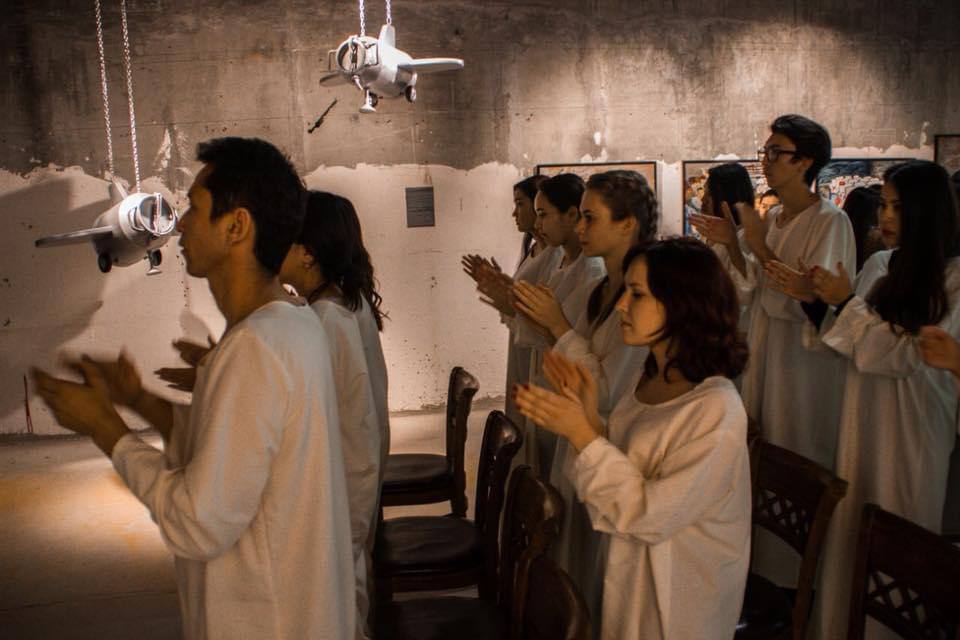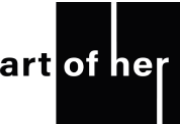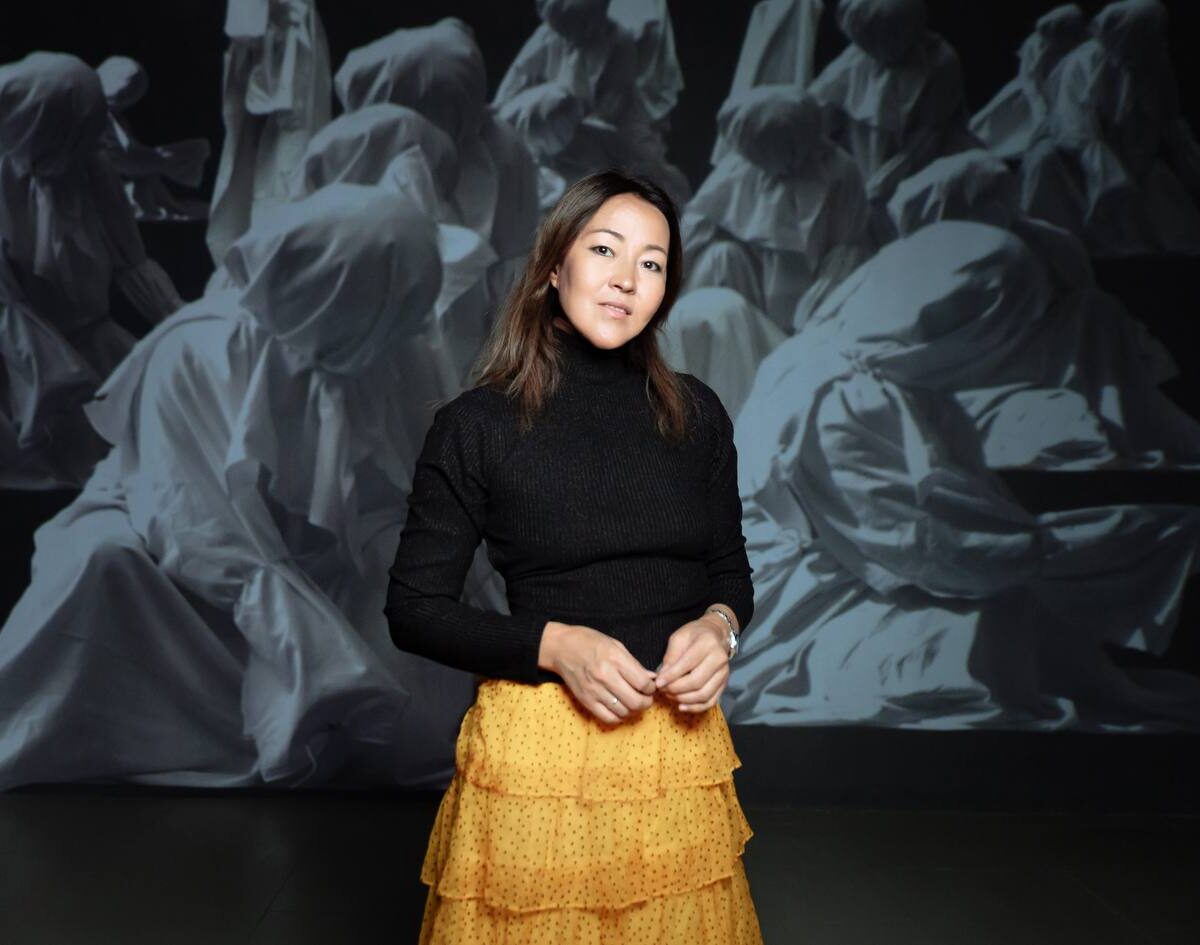One has only to think about what a huge job is behind the organization of the exhibition before its official opening, and questions immediately arise in one's head: where does the exhibition begin, how to attract visitors, how to develop a concept and share one's vision with the world. Indeed, this is a truly complex, but at the same time fascinating process. Most often, the curator is engaged in organizing the exhibition, it is he who is the guide between the creator and his audience, he formulates the main idea of the exhibition, communicates with a team of designers, artists and technicians, attracts resources, negotiates with sites and contractors. The curator must have excellent communication skills, as he acts as a mediator between the various parties involved, primarily between the audience and the development team. Our editorial team had a conversation with the art historian, curator and founder of the Platforma Projectroom space — Aigul Ibraeva. The heroine of our interview revealed to us the veil of how the preparation for the exhibition is going on, whether it is difficult to find an artist and told us about her most unusual and successful projects.
What precedes what a gallery, museum or artist then presents to the viewer under the name of an exhibition?
For the gallery owner and curator, the material is the artistic field and the people who form, live and create in this field, but at the same time, it is important for them to know social, cultural, political and other processes that tend to change and are in constant motion. All this together makes up the very material that is necessary to create an exhibition. Observation of these processes, their analysis, identification and reflection of this process in the works of contemporary artists, both mature and young, is an important moment. Catching an artist's thought or discovering a parallel with another artist can be the beginning for the formation of an already large, group exhibition. Close communication and work side by side with artists, constant visits to workshops, other large international exhibitions, constant monitoring of the processes taking place in the country and in the world, including in art, identifying the topic that is most interesting at the moment to the curator, artist, gallery owner precedes the beginning of the process of forming the exhibition. Sometimes exhibitions can have quite a trivial purpose, you are doing an exhibition because it needs to be done for some necessary reasons. For example, to support artists, to support a gallery, to support an exhibition plan, and so on.
Most often the artist offers cooperation or are you looking for them yourself?
More often I watch myself, if I find the artist's work interesting and I certainly want to talk about it, then I take up the work.



Is it difficult to find and negotiate with artists?
It is not difficult to negotiate, it is more difficult to find new names, since a really good artist, as our art critic Valeria Ibraeva says, there are not many of them "piece goods". And I agree with this expression. It is especially difficult now with young art in the capital. This can be understood, the hopeless vegetating for the sake of art, which is not supported by either funds or the state, can lead us to the fact that in 10 years this sphere will come to a gradual disintegration. In Western countries, there are funds, state support and programs, grants for young artists. Grants allow artists to travel to residences in other countries, and somehow learn and develop. After all, even after graduating from art universities, young artists are not getting back on their feet soon.
After we have agreed with the artist, where does the work on the exhibition begin?
Does it depend on what kind of exhibition we are doing — retrospective, conceptual? Each exhibition has its own tasks. But first on the list is an interview with the artist and a full understanding of his work, his research, observations. Making all this into a complete text and documentation. Then a joint discussion of working moments, logistics, construction of the exhibition, design of printed material and a bunch of different small details and works related to the installation of the exhibition.
What is the most difficult thing in organizing an exhibition?
When the deadlines are short and it is necessary to have time to finish everything by the opening. And there is enough small work.
How does the opening day usually go for you?
And here is the opening day and it would seem that you can breathe, but the work continues, you need to meet the guests, tell, show, explain. It is always interesting and pleasant to receive feedback from guests!
Knowing your experience, what is the difference between the process of organizing a multimedia exhibition and an art one? Which one is more difficult for you?
It's more interesting for me to do multimedia exhibitions, it's more complicated and the process itself is fascinating. The exhibition of paintings alone is not difficult for me to build correctly, but it also requires technical skills, additional hands in the installation and dismantling of the exposition.
Which of your exhibitions do you consider the most successful and why?
For me, the exhibition that evoked emotions in the viewer, reflections, disputes is considered successful. Rejection or rejection have the same emotional power, since these emotions also help to shake a person and make them think about a given topic. It is difficult for me to judge the success or failure of my exhibitions, to single out any one of them. It's always immersion in the topic, dedication, waste of energy, and if I get pleasure and additional skills from this project in the process, then maybe this is success? The greatest satisfaction from my work was at exhibitions — "Reboot. Optimization of space" exhibition of young artists of Central Asia about postcoloniality, 2017, conceptual exhibition "Parabiennale 2018", exhibition "Bad Jokes" together with Valeria Ibraeva, "Zhyndy Kobelek" exhibition of young artists of Astana, and my project of the festival of short films of young directors "ATAU" Now we receive good reviews from the audience from the multimedia exhibition of Swiss artists Peter Erschmann and Saskia Edens, which is currently taking place on the Platform. Due to numerous requests, we decided to extend it until September 30. The platform recently hosted a fema exhibition called "Ol Kyz" curated by Aigerim Mazhithankyzy. The project was successful and touched on the themes of feminism. Curator and artist Aigerim Mazhithankyzy.
What happens after the opening day?
After the opening day, weekdays come and all the work takes place around clarification and communication with exhibition visitors. Curatorial tours, thematic lectures or film screenings related to the theme of the exhibition are held. Which additionally reveal the essence of the exhibition and the subject of study.
What duration of the exhibition, in your opinion, is optimal in order to pass successfully?
The longer the duration of the exhibition, the more people will be able to have time to see it. In European museums, large exhibitions can stand for 6 months, that is, only two or three exhibitions can take place a year, and that's right! Since the very process of preparing for the exhibition will require even more time. This is research, analysis, work in archives, interviews, advertising. Exhibitions are held in galleries more often, every two months or every month. This is a very difficult colossal job, which is difficult to do without having a team of like-minded people and specialists.
How is the exhibition completion process going?
Disassembly, packaging and sending of works to artists is carried out. If there is a budget, then of course in a good way, it would be possible to produce catalogs for documentation, history. Perhaps in the future we will do this work.
The most unusual exhibition you have held?
According to the audience, our long-term project "Parabiennale" with researcher and curator Farukh Kuziyev was unusual, he and I came up with this exhibition, it was an interesting experience and we would like to continue it. The Parabiennale project is both a study of critical energy among contemporary artists of Central Asia and an exercise in developing individual and collective art projects at the level of descriptions. The impracticability of such concept art projects has an important social and artistic significance. There were no completed works at the exhibition, this exhibition reflected unfulfilled projects. There was a live speech of artists and their thoughts in the form of a text. Therefore, the name of the exhibition came by itself, "Parabiennale", is associated with the Paralympics, only here we are talking about the impossibility of implementing projects.
The conversation was conducted by Zarina Kusanova




Family in Art: how was the joint lecture of Art of Her and Olga Baturina
Выставки Пикассо покажут десятки музеев по всему миру в рамках 50-летия со дня смерти художника